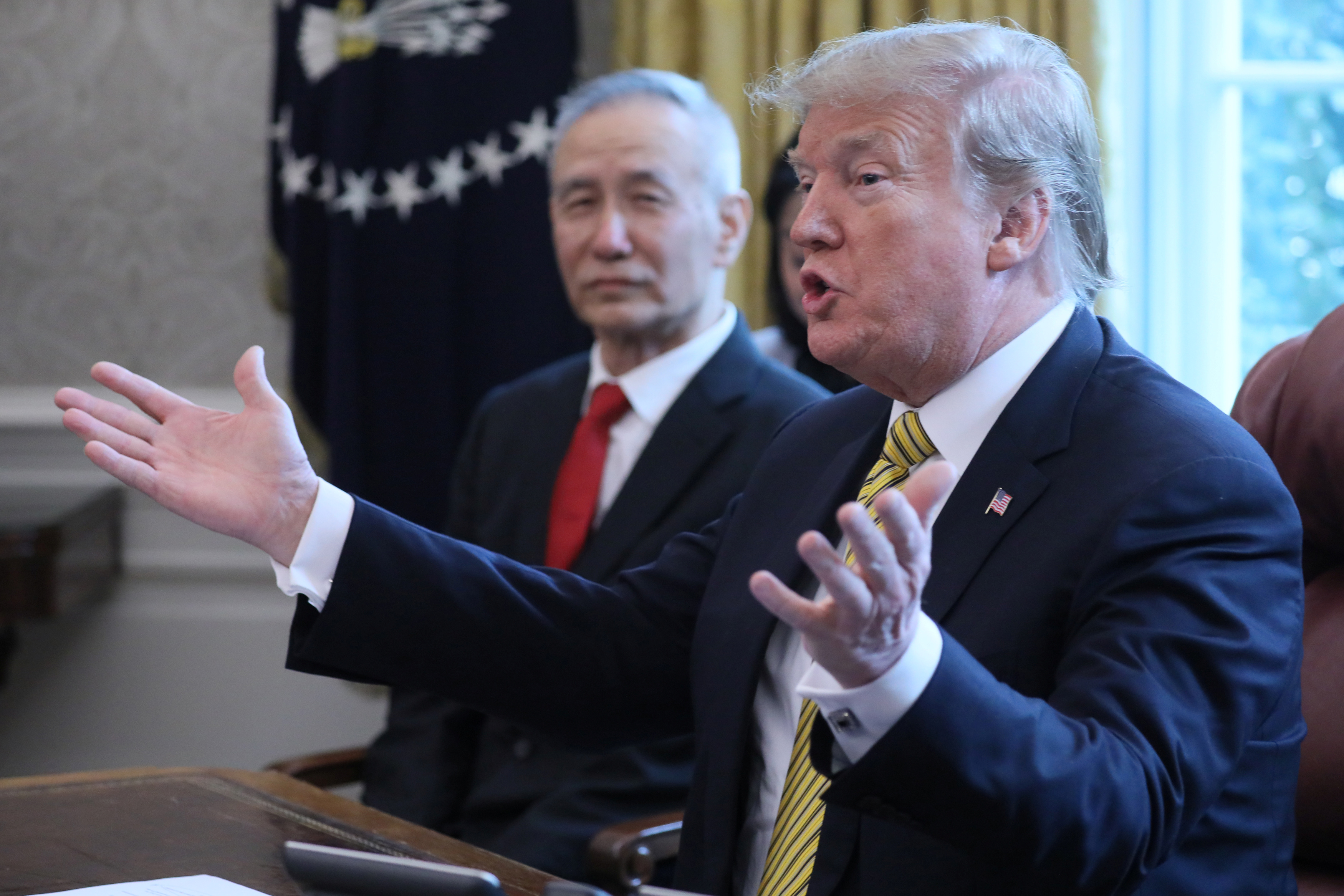
FEC stuck on the sidelines
Two major court rulings in 2010 fundamentally changed the landscape of campaign finance law in the United States. The floodgates were opened to unprecedented levels of campaign donations, much of it untraceable.


Two major court rulings in 2010 fundamentally changed the landscape of campaign finance law in the United States. The floodgates were opened to unprecedented levels of campaign donations, much of it untraceable.

Since its founding in 1974, the Federal Election Commission has long been regarded as an ineffective agency, garnering criticism as a “toothless tiger” or a “tightly leashed watchdog.”

Following the Watergate scandal, Congress introduced the Federal Election Commission (FEC) in an amendment to existing campaign finance regulations. An independent agency that would enforce campaign finance law, the FEC officially opened for business in April 1975.

In 1997, the Treasury and Government Appropriations Act mandated that FEC commissioners may serve a single six-year term, with no opportunity for reappointment. When a commissioner’s term expires, they may choose to continue serving in holdover status until they are replaced. Currently, three out of the six commissioners are in holdover status.

When transparency, regulation and accountability were mostly aspirational.

From the archives: Programs produced in affiliation with FRONTLINE examined campaign spending, Trump’s trade wars and an ongoing housing crisis that a federal program has yet to fix.

President Donald Trump had a specific immigration agenda when he entered the White House in 2017: Stem the flow of immigrants — both legal and undocumented.

Kenosha, WI helped give Donald Trump a slim margin of victory in 2016, a win that can be traced in part to the healthy majority who years ago supported the Kennedys versus racist former Alabama Gov. George Wallace.

Across the United States, state and local officials, frustrated by a lack of leadership in the White House and federal agencies, took steps on their own to prepare for the pandemic and protect their communities.

Most hospitals — nonprofit, public and for-profit — operate on thin financial margins and have little to no budget for contingency preparations.